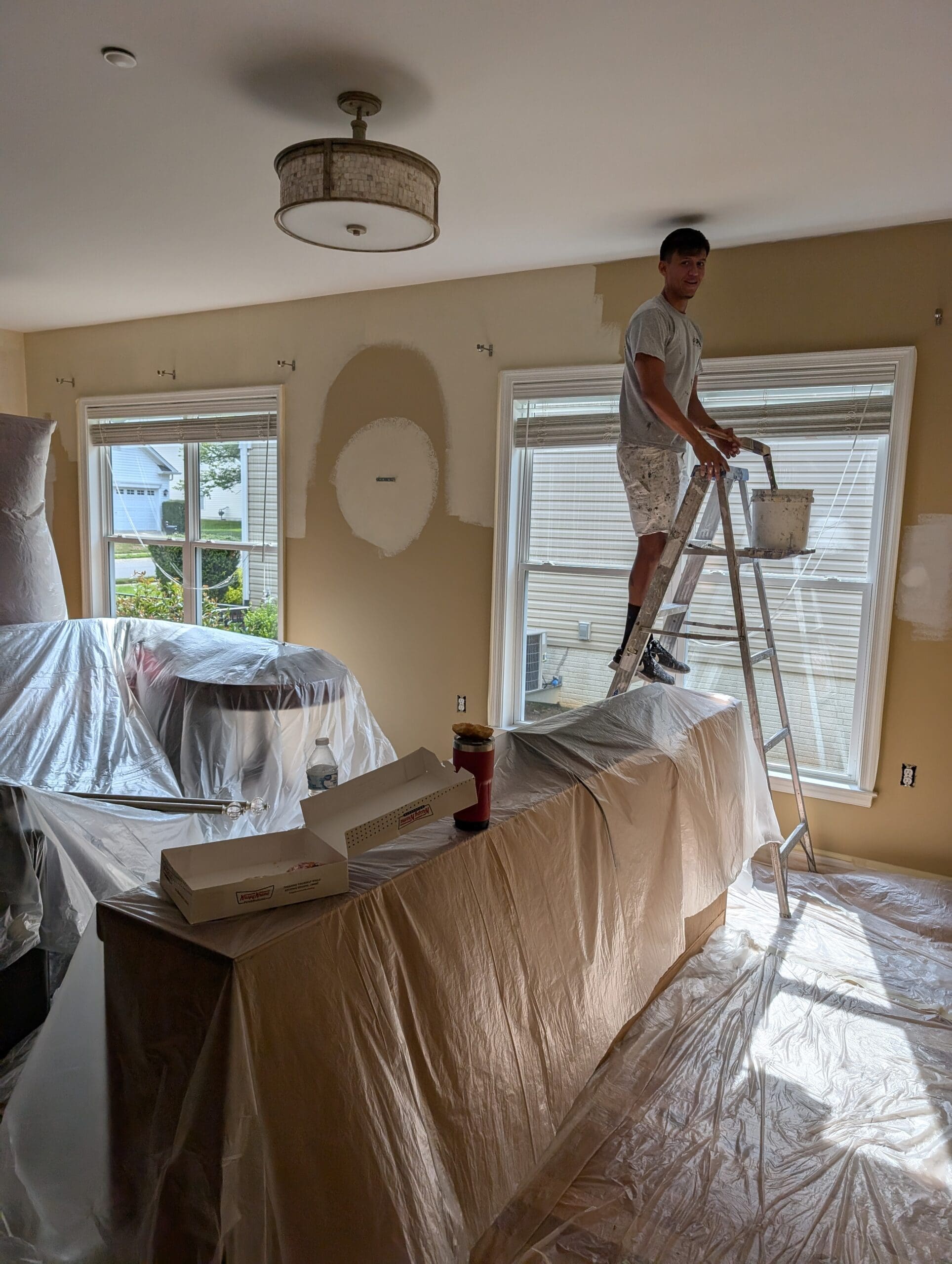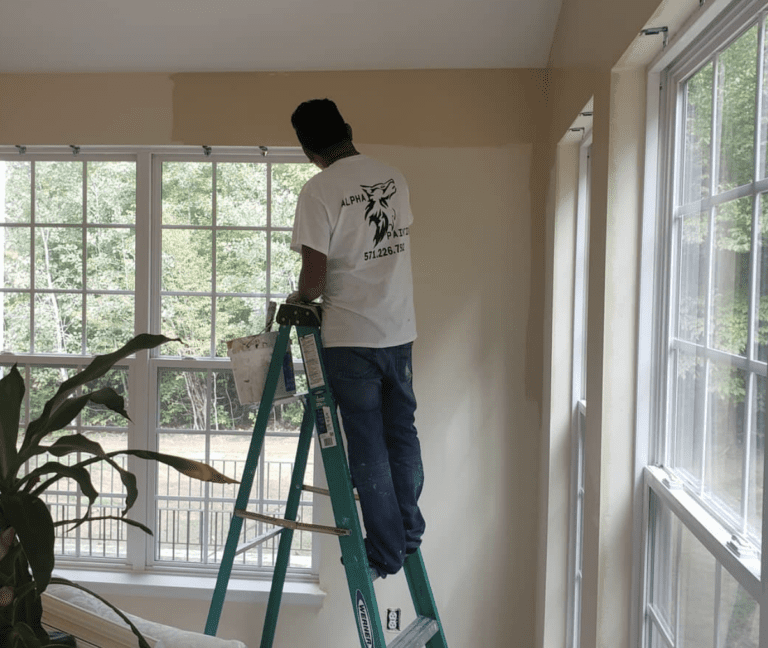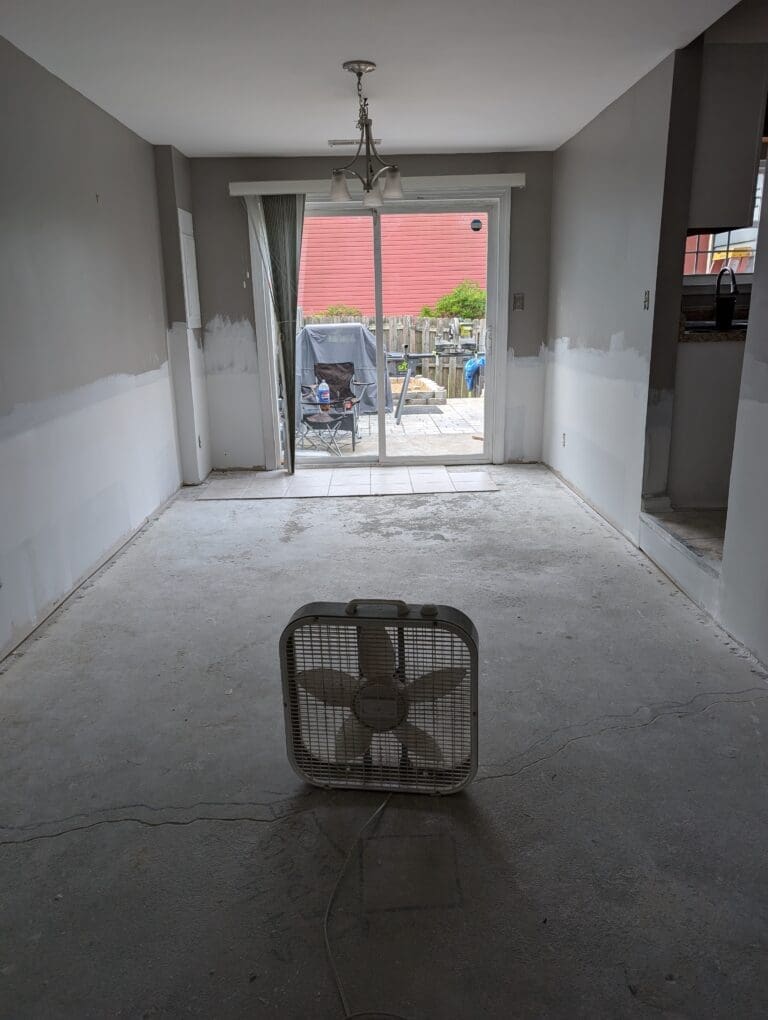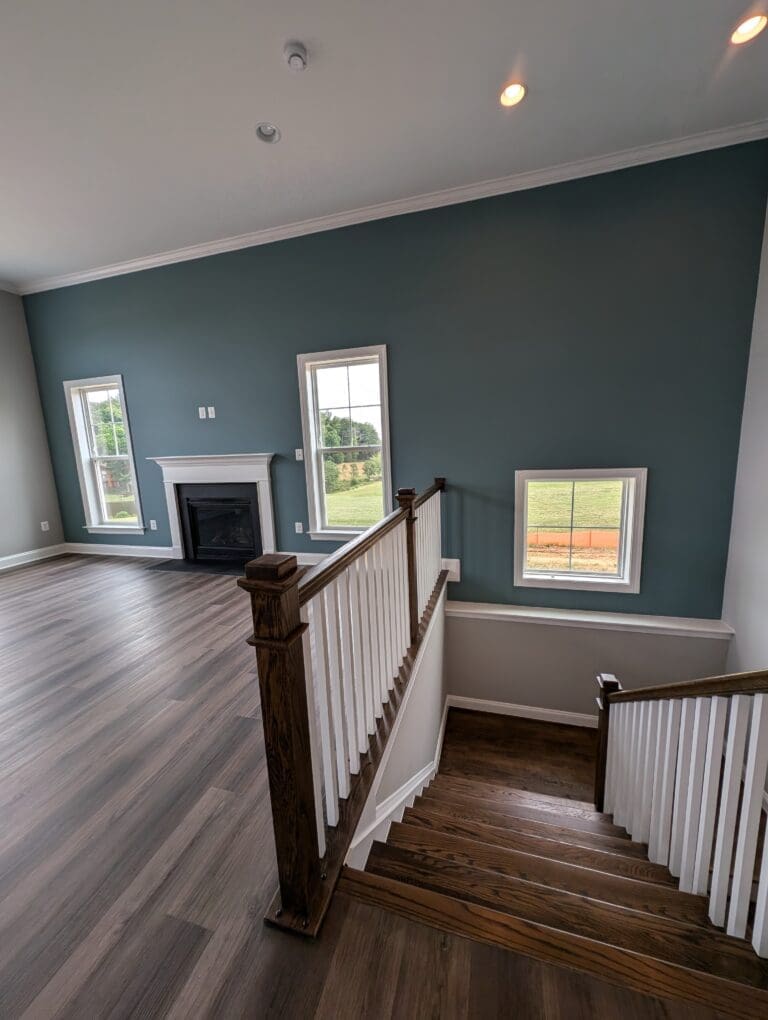Roller or Brush? Choosing the Right Tool for a Flawless Finish
Choosing between a roller and a brush is a decision that can completely change the outcome of a painting project. Whether refreshing interior walls or updating the exterior of a home, selecting the right tool impacts not only the final appearance but also the efficiency and ease of the work. At Alpha Painting LLC, our teams are trained to match the perfect method to each surface and project to ensure professional results every time.
Table of Contents
Understanding the Strengths of Each Tool
Brushes and rollers each bring distinct advantages, and knowing when to use each is where experience makes the difference. Brushes offer control and precision. They reach into corners, cover trim, and handle detailed areas with ease. On the other hand, rollers are designed for speed and coverage. They excel on large, flat surfaces where consistency and smoothness are the priorities.
Surface type, texture, and the kind of paint being applied all play into the decision. Latex paints, for instance, perform differently than oil-based paints, and a brush or roller must complement the material for an even coat. Professionals understand that even the smallest misstep in tool choice can lead to brush marks, roller splatters, uneven texture, or wasted paint.
When a Brush Is the Smarter Choice
Brushes are irreplaceable for detailed and intricate work. Areas like window frames, door moldings, baseboards, and narrow edges demand a brush’s precision. A high-quality angled sash brush can create clean lines and cut in neatly along ceilings or adjacent walls, something a roller can’t achieve with the same sharpness.
Textured surfaces also often favor brushes. Shingles, bricks, and wood trim require the brush to work paint into grooves and crevices that a roller would simply glide over without proper coverage. When painting furniture or cabinetry, a brush ensures that decorative elements and carvings are painted thoroughly and evenly.
Selecting the right brush matters just as much as the decision to use one. Natural bristle brushes work better with oil-based paints, while synthetic bristles pair best with water-based paints. Size and bristle stiffness should also align with the surface to avoid visible streaks and to make the application more comfortable.
When a Roller Is the Better Solution
Rollers are ideal for broad, flat surfaces where speed and uniformity are important. Walls, ceilings, floors, and large exterior surfaces like siding or fences benefit from the wide reach and consistent texture a roller provides. They lay down paint efficiently and, with the right nap thickness, can handle various textures from smooth drywall to slightly rough stucco.
A short-nap roller works well on smooth surfaces, creating a sleek, refined finish. Longer naps are needed when the surface is rough or uneven, ensuring the roller fills all crevices without excessive pressure. Choosing the wrong nap can create bubbles, ridges, or a spotty appearance.
Paint rollers also vary in materials. Woven rollers, for example, resist shedding and are excellent for smooth finishes, while knit rollers hold more paint and work better on textured surfaces. Professional painters know how to match roller materials to the type of paint and surface for a flawless look without wasting product.
Combining Brush and Roller for the Best Results
Rarely does a professional job rely solely on one tool. The best finishes often result from a combination of brush and roller use. Brushes handle edges, corners, and detail work, while rollers tackle the large, open areas.
This “cutting in” process, where edges and trim are painted first with a brush before rolling the rest, prevents gaps and overlaps. It ensures clean lines and a uniform finish across the project. It is also faster and more efficient, reducing the chances of paint drying inconsistently between sections.
Experienced painters coordinate the two tools seamlessly, ensuring textures blend naturally and the finish looks intentional, not patchy or disjointed.
Common Mistakes When Choosing and Using Painting Tools
One of the most common mistakes is assuming “any roller” or “any brush” will do the job. In reality, the wrong tool can turn a simple project into a frustrating task. A poor-quality brush might leave bristles stuck in the paint, while an inappropriate roller can leave a wall looking bumpy or uneven.
Another mistake is not preparing the tool before use. New rollers should be rinsed and spun dry to remove loose fibers. Brushes should be slightly dampened (with water for latex paints or mineral spirits for oil paints) to help them load paint more evenly.
Pressing too hard with a brush or roller can also cause problems. Light, even strokes are key. Overloading the brush or roller leads to drips and splatters, while underloading results in patchy, thin coverage.
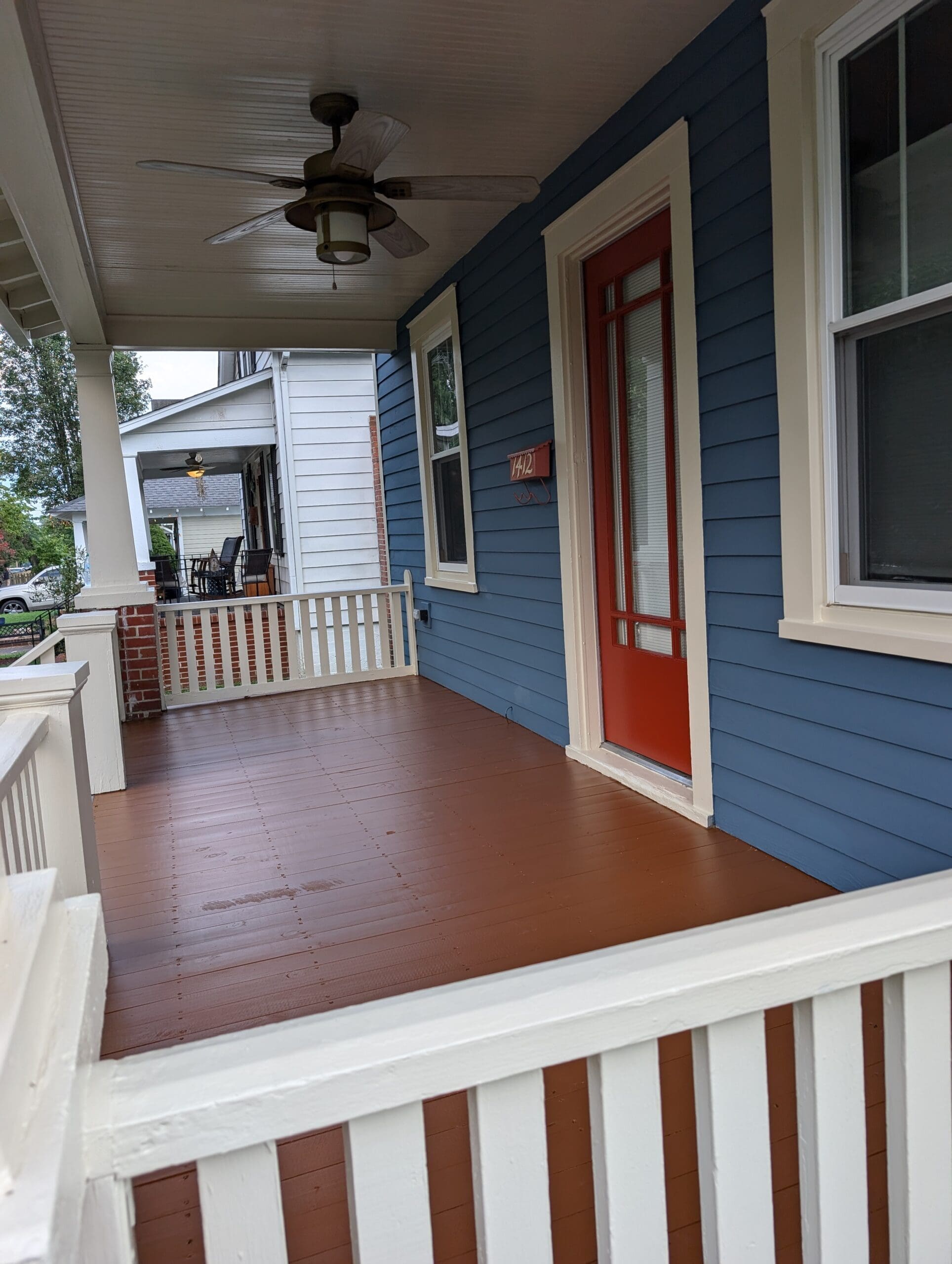
How Surface Conditions Influence Tool Selection
The material and condition of the surface matter as much as the size. Fresh drywall requires different attention than weathered wood siding. Dry, porous surfaces absorb paint differently, sometimes demanding a brush to work paint into the material.
Rough or highly textured surfaces need a heavier nap roller or a stiff-bristled brush to achieve full coverage without excessive coats. Smooth surfaces, like finished drywall or primed wood, demand a more delicate touch and finer tools to avoid marring the surface.
Environmental factors also come into play. Exterior surfaces exposed to sun, moisture, or temperature shifts may require different paints and tools than interiors protected from the elements.
Conclusion: Professional Results Start with the Right Choice
Choosing between a roller and brush might seem straightforward, but true expertise lies in understanding how the surface, paint type, environment, and desired finish all interact. Matching the right tool to the job means smoother application, better coverage, and a longer-lasting result.
When customers trust Alpha Painting LLC with their home or business, they benefit from a team that treats each surface with the right methods, tools, and care. Whether it’s a vibrant living room makeover or a full exterior refresh, every project deserves the precision and attention that only experienced painters deliver.

